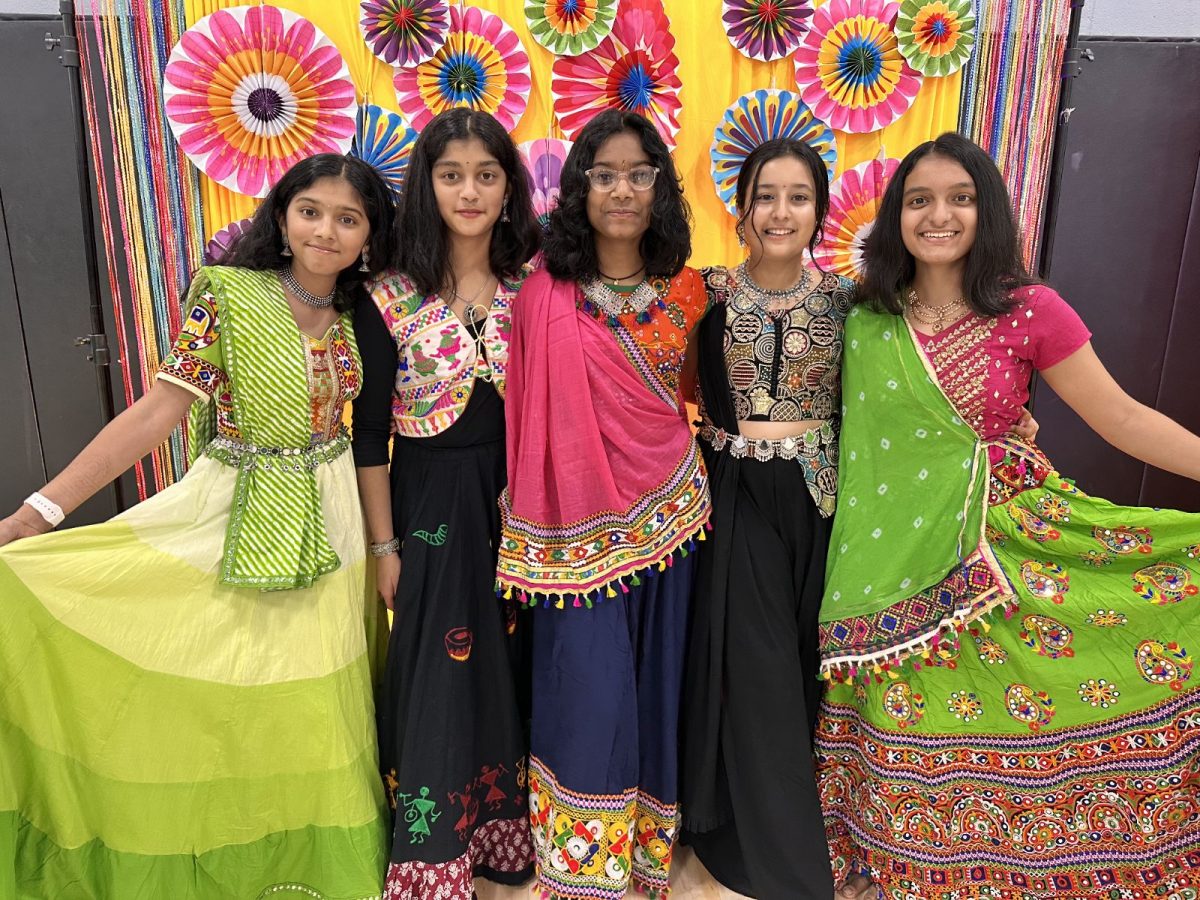This year’s Navaratri celebration took place from Thursday, October 3rd, to Saturday, October 12th.
Navaratri, quite literally meaning “Nine Nights” in Hindi, is an Indian festival that lasts nine complete days. Each of the nine days has a unique name and holds many festivities and prayers.
Different regions of India have unique ways of celebrating this festival. Northern India indulges in prayers and performances entitled “Ram-Leela” which is a depiction of Lord Rama defeating Ravana and rescuing Goddess Sita. South India celebrates with people setting up grandly decorated “Golus” which are intricately set up with small dolls and figurines that are viewed as deities.
“Each day is dedicated to a particular goddess,” said Manjari Agrawal, a resident of Legacy Farms, who participated in the 9-day fast for Navaratri. Agrawal stated that the 9-day fast includes eating mainly fruits, and vegetables, and avoiding onion, garlic, and other foods.
A major part of Navaratri is a traditional folk dance called “Garba”. Traditionally performed in Gujarat, it is a large group performance. “I always look forward to this, since I’ve been going since I was a kid,” said Swara Pandya, a student at HHS. The attire of the performance includes wearing a “chaniya choli”.
The ninth and tenth days of the festival end with Kanya Pooja and Vijayadashami. Kanya Puja, as described, worships young girls as they are depicted as a form of the Goddess Durga and they are given specially prepared food and small gifts.
Vijayadashami, otherwise known as Dussehra, is a celebration symbolizing the triumph of good over evil. This is done by burning statues of Ravana to represent the victory of Lord Rama over Ravana.
Navaratri is a glorious festival, with unique celebrations in each part of India. Ram-Leela in the north, Garba in the central parts, and Golus in the south, this festival is truly a diverse one.

